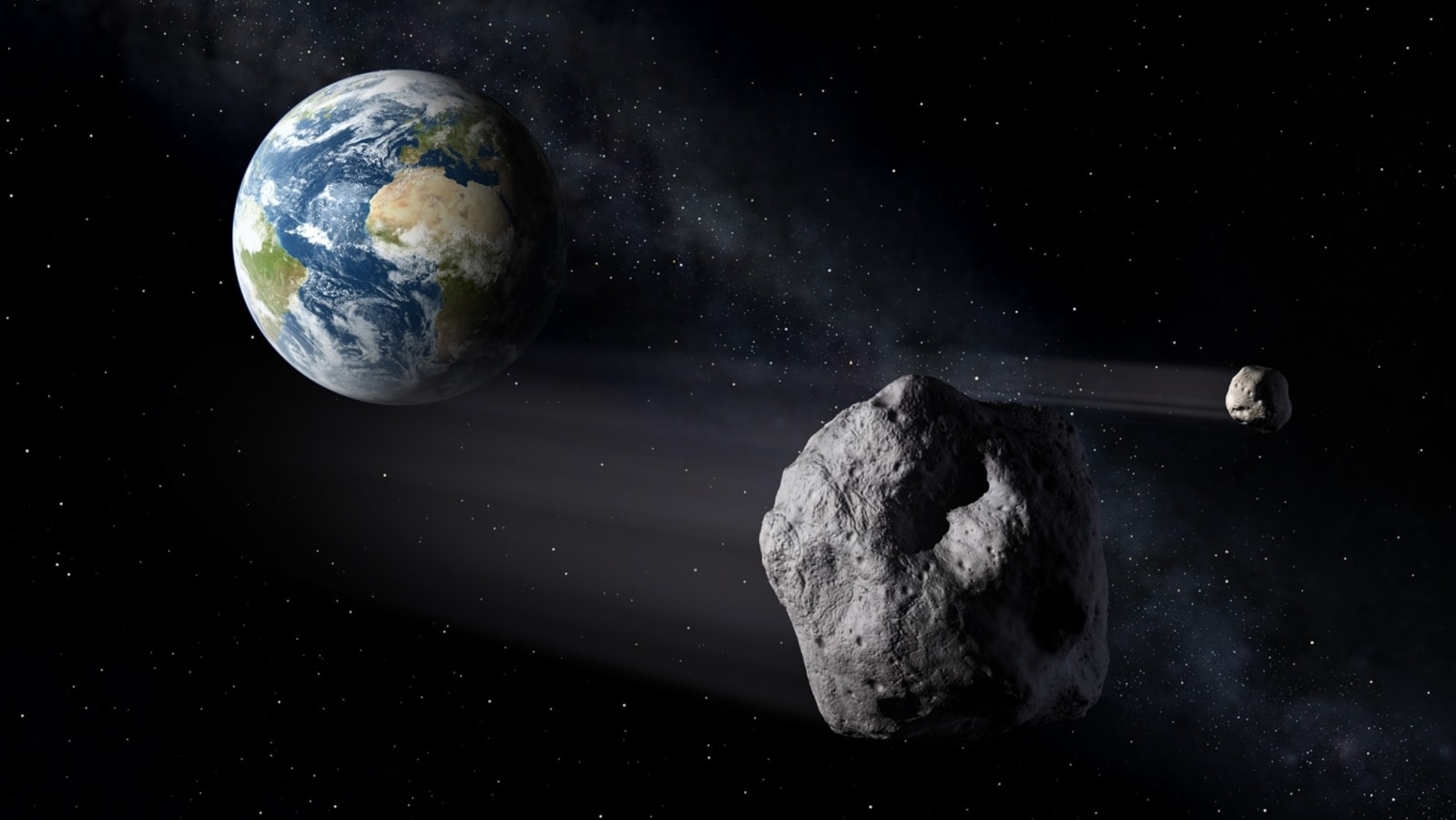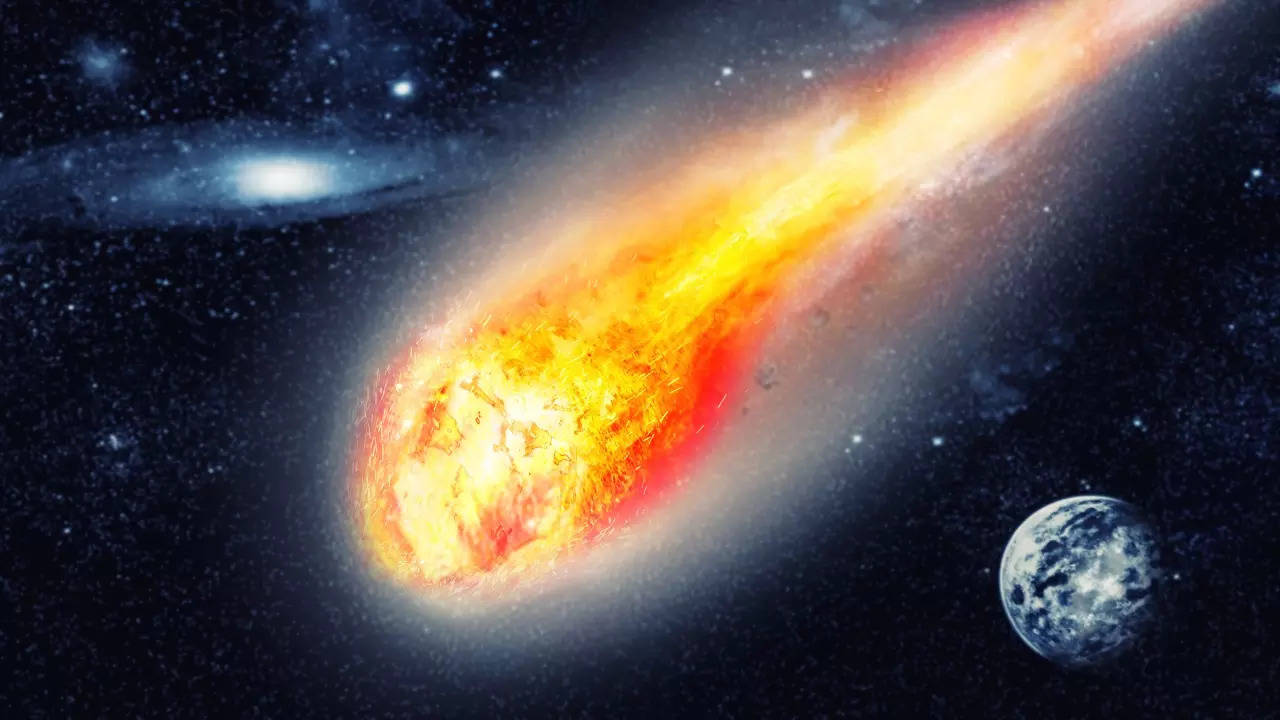Washington: The US space agency NASA has warned that a giant asteroid the size of an airplane is moving towards Earth at a speed of 73,055 km per hour. The space agency has released a list of asteroids that can come close to Earth in the next 8-9 days. The largest asteroid among these is 67 meters (220 feet) in size, which scientists have named 2024 NF. It will be closest to Earth today on June 17. NASA’s team of astronomers is keeping an eye on the path of this asteroid.

Is it a danger to Earth?
According to NASA, only those objects traveling in space are considered to be a threat to Earth, which are within a distance of 74 lakh kilometers and whose size is larger than 150 meters. Since asteroid 2024 NF is only 67 meters big, it is not a threat to the Earth. According to data from NASA’s Jet Propulsion Laboratory, this asteroid will pass at a distance of 48 lakh kilometers.

NASA constantly monitors such space objects, which can pose a threat to the Earth. Recently some more asteroids have passed close to the Earth, while some are about to come. However, due to their size they will not cause any harm. Asteroid 2024 BY15 came close on July 16 and passed at a distance of 61 lakh kilometers from Earth. Asteroid 2024 NJ3 will reach very close to Earth on July 17 at 12 lakh kilometers. But its length is only 47 feet.
Another planet will pass on July 21
On July 21, another asteroid 2024 MG1 will pass very close to the Earth. It is 55 meters long, and will pass at a distance of 41.8 lakh kilometers. Asteroids are solid, metallic bodies moving in our solar system. If asteroids are large in size, they have the potential to cause huge damage to the planets. The space agency regularly monitors near-Earth objects that can be classified as dangerous based on criteria.








